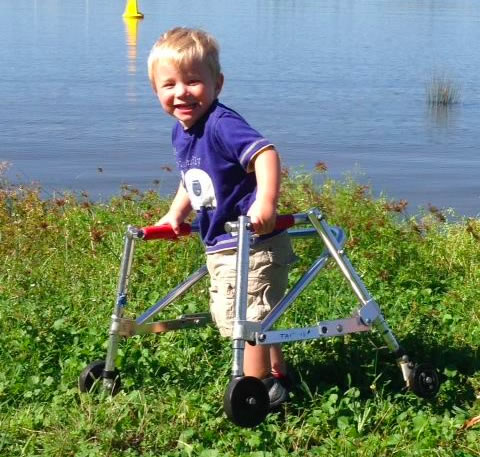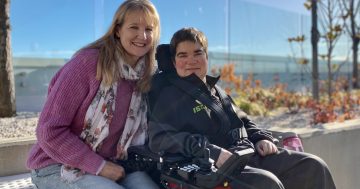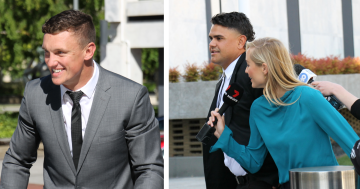
A note from one of our Rioters – a mum, talking about her son’s fight to walk.
Ollie’s Cerebral Palsy Dream
Oliver (Ollie) is two and a half years of age, and at two was diagnosed with Cerebral Palsy (CP).
Ollie’s CP is due to congenital cytomegalovirus infection (CMV), which has also left him profoundly deaf in his left ear.
Every 15 hours an Australian child is born with CP, a physical disability that affects movement and posture.
CP is the most common physical disability in childhood, and in Australia there are approximately 34,000 people with CP. Worldwide, the incidence of CP is 1 in 500 births. There are currently 17 million people in the world who have CP.
CP is an umbrella term that refers to a group of disorders affecting a person’s ability to move. It is a permanent life-long condition, but generally does not worsen over time. It is due to damage to the developing brain either during pregnancy or shortly after birth.
For most people with cerebral palsy, the cause is unknown. There is no known cure for CP.
Cerebral palsy affects people in different ways and can affect body movement, muscle control, muscle coordination, muscle tone, reflex, posture and balance. One in three children with CP will be unable to walk. People who have CP may also have visual, learning, hearing, speech, epilepsy and intellectual impairments. Three in four children with CP experience pain, and one in five children with CP have a sleep disorder.
Interventions for helping reduce the impact of movement issues on the body and quality of life include medication (such as diazepam, baclofen pumps or Botulinum toxin type A injections), physiotherapy and occupational therapy and surgical and neurosurgical procedures such as Selective Dorsal Rhizotomy (SDR).
Ollie lives in Canberra, and has to make frequent trips to Sydney for treatment and appointments. Botulinum toxin (Botox) injections under general anaesthesia into his legs and hips reduce his spasticity and assist him to mobilise with a walker, but this intervention wears off over time, and the spasticity, muscle cramps, accompanying pain and reduced mobility return.
Consequently, Ollie is unable do to a lot of things that most children take for granted, like walking, running, jumping, sitting on the floor, and kicking a ball.
Selective Dorsal Rhizotomy (SDR) has been shown to permanently reduce spasticity in children with CP. This means children can expect improvements in sitting, balance, and mobility. It is also likely to eliminate or greatly reduce the need for painful and invasive orthopaedic procedures for people living with CP.
For Ollie, SDR in addition to intense post-operative surgery may mean he can walk independently without his walker, and run around and ride a bicycle with his older brother and sister.
SDR is available in Australia, however we have chosen to take Ollie to Dr TS Park at St Louis Children’s Hospital in Missouri for many valid reasons.
Dr Park performs SDR four to five times each week, and in his career has performed the procedure over 2800 times. It is his core business.
There are a number of neurosurgeons in Australia who do perform SDR, but I am lead to believe they perform only one to two per year.
If it were your child, who would you want operating on them?
To get to St Louis, we need to raise at least $70,000. Ollie is a very happy, motivated and determined little man, and as his parents, we want to give him this opportunity so that he can realise his potential, and live the amazing life he deserves.
If you would like to help Ollie to live his life without pain, multiple painful orthopaedic procedures, and have the ability to live his life like other children, we would be extremely grateful.
http://www.gofundme.com/cgctis
https://www.facebook.com/olliescpdream













